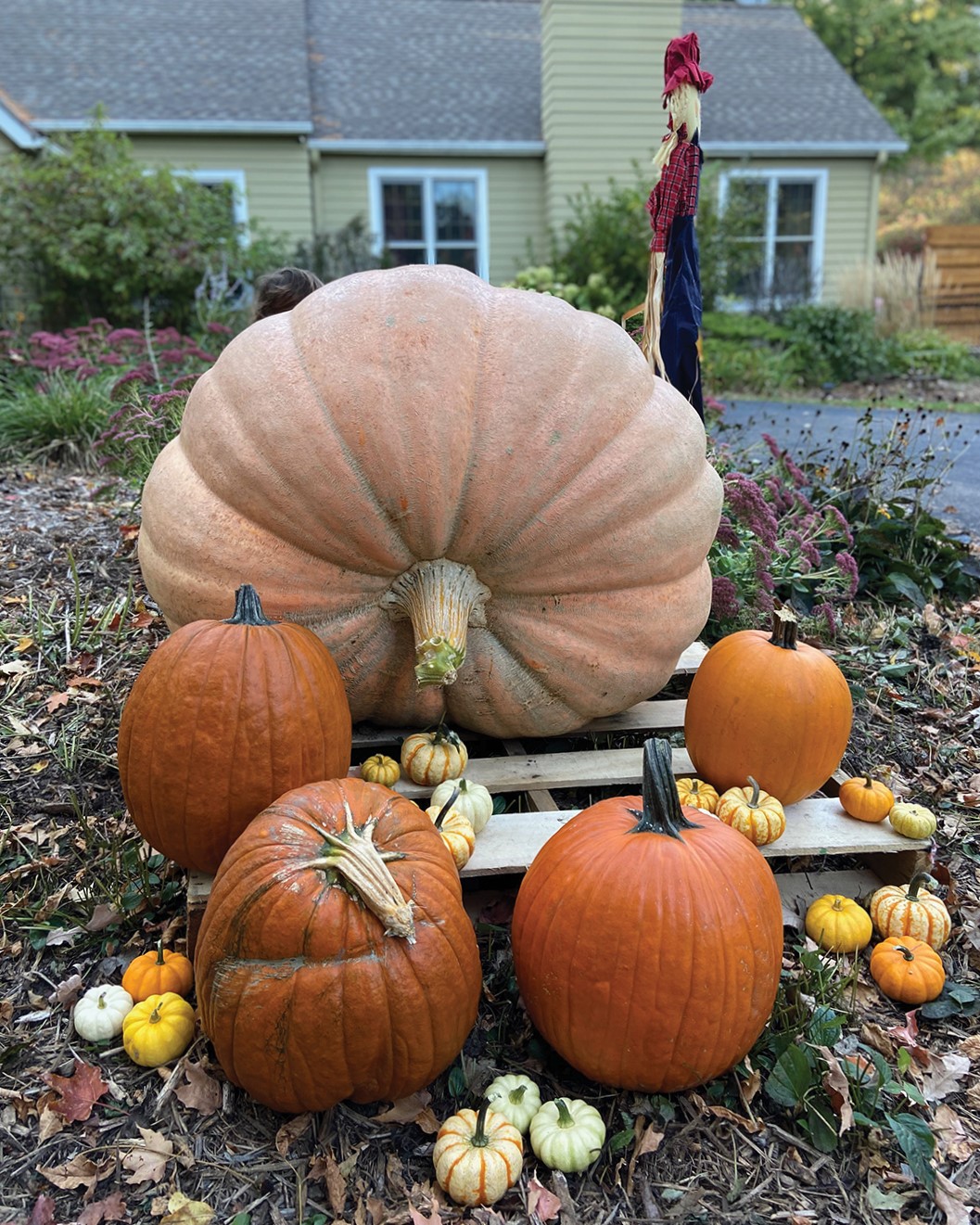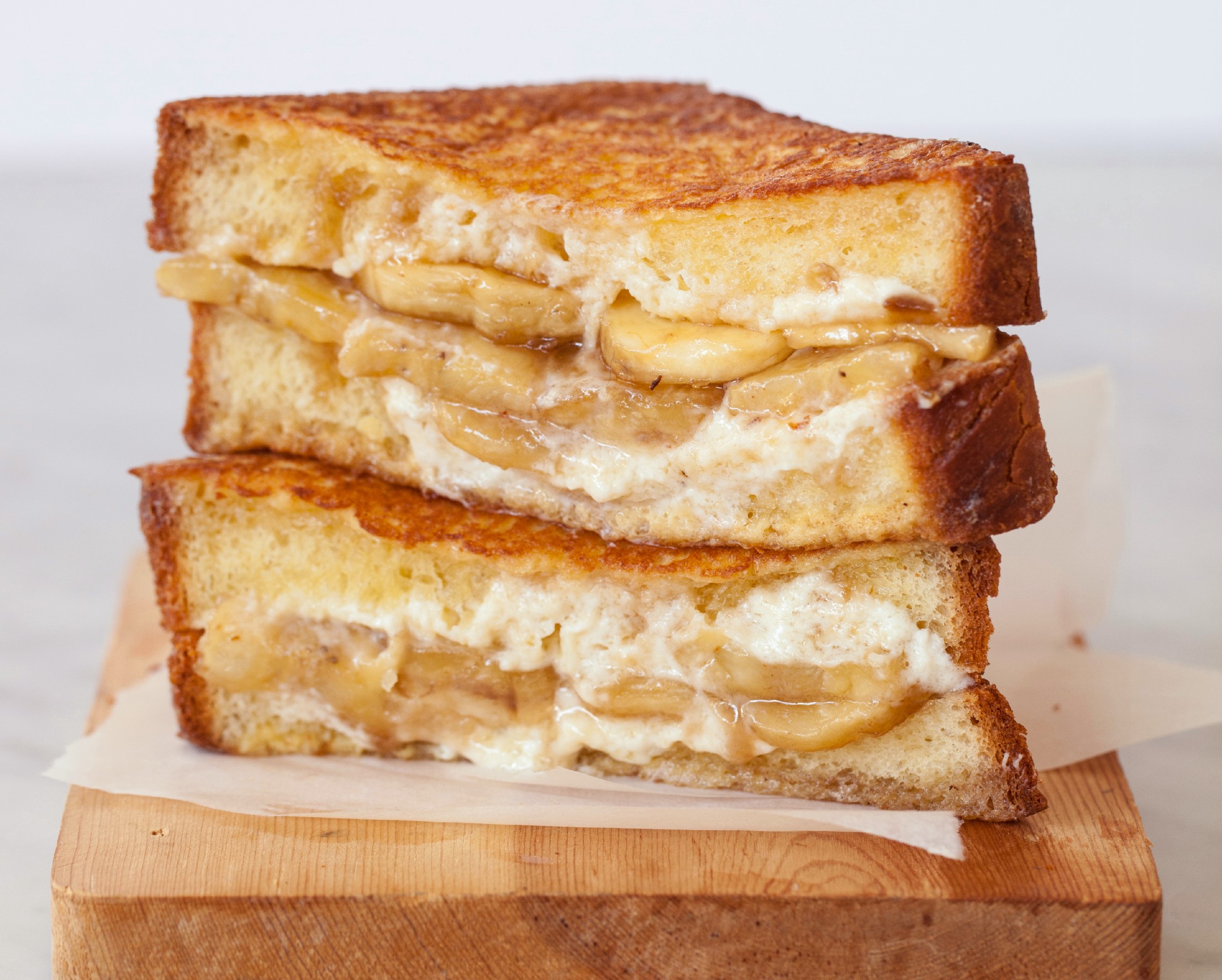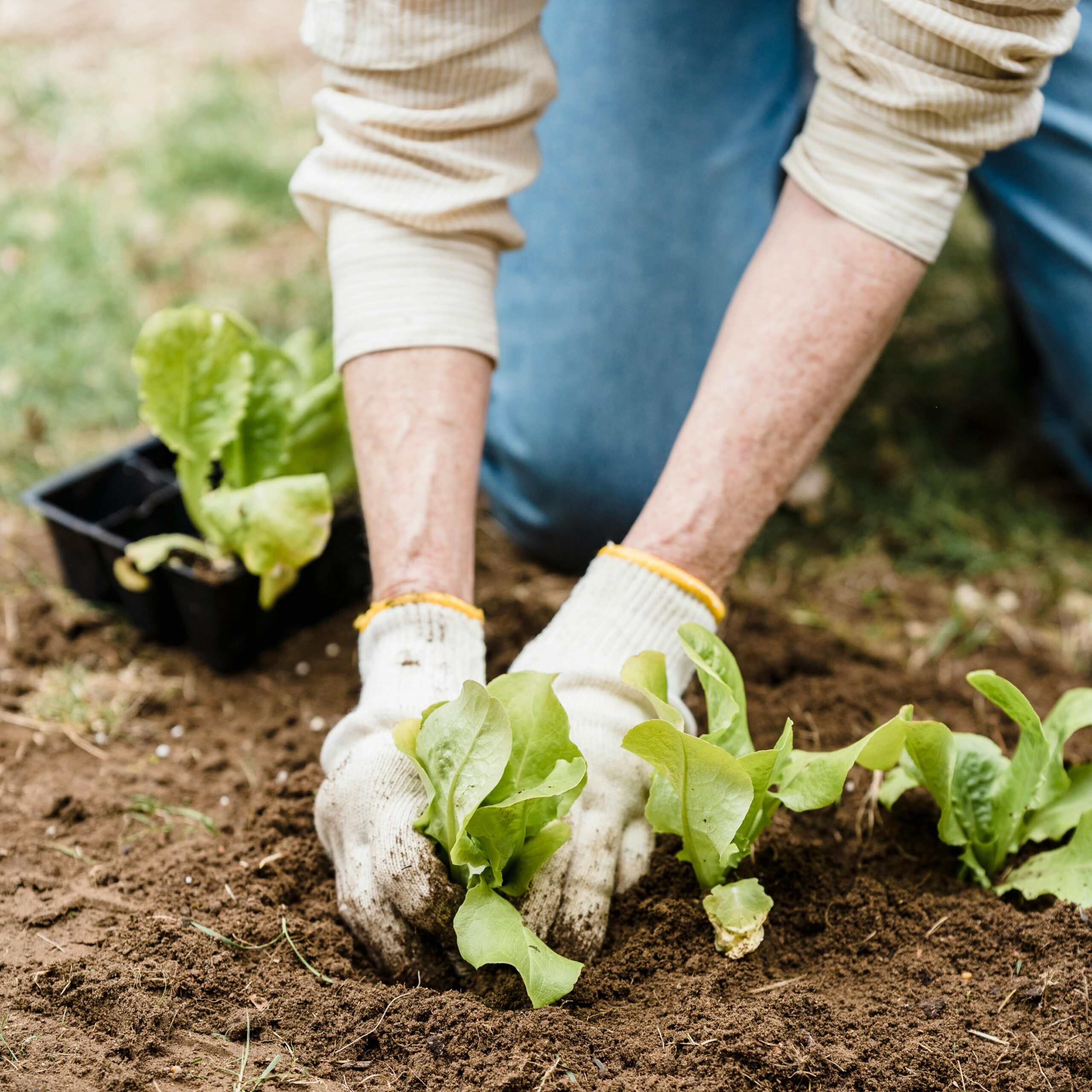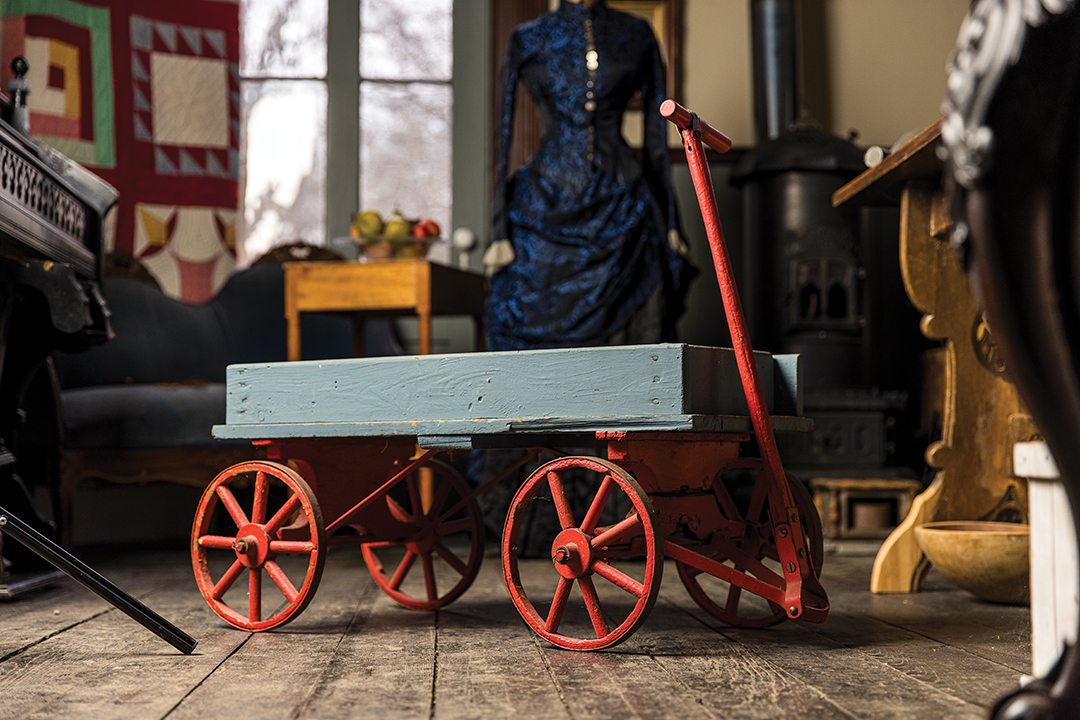
Nick Decker’s 657-pound pumpkin at the end of his driveway. Photo: Nick Decker
Chasing 1,000 pounds.
The Minnesota State Fair offers up plenty of challenges—food sampling, game playing, ride taking, but Nick Decker of Minnetonka found one of his own. “We were looking at the winning pumpkins at the 2018 state fair,” he says. “When I saw that the eighth-place pumpkin weighed 84 pounds, I turned to my wife and said, ‘I can beat that.’”
Decker went home and researched giant pumpkins on every platform imaginable, Facebook and YouTube included. He joined Facebook groups and the St. Croix Growers Association and gleaned as much pumpkin information as he could, connected with a pumpkin-growing mentor in Plymouth, bought some giant pumpkin seeds and off he went. Note: The Atlantic Giant variety is considered the gold standard of giant pumpkin seeds.
With a goal of producing his own contest-worthy giant pumpkin in 2019, Decker planted eight seeds in individual one-gallon containers. He parked the containers under growing lights and kept them warm and watered in his basement. He planted the seeds in the middle of April. In late May, he’d choose the pick of his pumpkin-plant litter and place the growing gourd in the ground. Deciding factors included size, shape and color. “You want it the right color green [leaves], you want it hearty and you want it stout,” Decker says.
Decker’s garden, AKA pumpkin patch, isn’t as large as he’d like. “Ideally, I’d have a 1,000-square-foot patch, but 450 is all the space I have,” he says. “Some big timers dedicate 2,000 square feet per pumpkin.” The garden, located beside Decker’s Minnetonka home, includes one pumpkin plant and nothing else. The plant is strategically placed so that vines grow with little interference. “You train them as they grow,” he says.
Decker monitors growth and picks weeds before and after work. He waters with a self-installed drip line irrigation system. His arch enemy is the squash vine borer. The moths lay their eggs at the base of leaf stalks. Larvae emerge from the eggs and feed inside the stalks, eventually killing the leaves. With fewer leaves, plants don’t produce as much energy, and pumpkins don’t grow as big. Rabbit and deer problems are deterred by a high fence surrounding the garden.
In a perfect world, Decker’s pumpkin plant would get eight to 12 hours of direct sun per day. In Decker’s world, his plant gets four to six. “I’m not chopping down trees,” he says.
Oddly, the pumpkin itself is kept out of the sun. “You don’t want your pumpkin to ever see the sun,” Decker says. “You don’t want anything to touch it. You don’t want anything to scratch it, and you don’t want anything to nick it.” To keep the supple pumpkin skin from damage, the pumpkin is placed on a sand-covered wooden surface during the growing season. The wood prevents rot, and the sand allows the pumpkin to expand in size without chaffing.
As a rule of thumb, a pumpkin is half its size at 35–40 days. Maturity is 120–150 days. The largest pumpkins—the North American record is 2,560 pounds—can grow 50 pounds per day.
Decker’s first attempt at growing a giant pumpkin resulted in 185 pounds and an eighth-place finish at the Minnesota State Fair. While a late season hailstorm slowed year two, it still resulted in Decker’s largest pumpkin, 657 pounds. “I took it to a contest in Altoona, Wisconsin, and almost finished dead last, 35th out of 36 pumpkins,” he says. “If it weren’t for the storm, I think we had a chance at 1,000 pounds.”
One thousand pounds is the goal. “I’m done once I hit that,” Decker says.
Instagram: @deckersgrowapumpkin






















